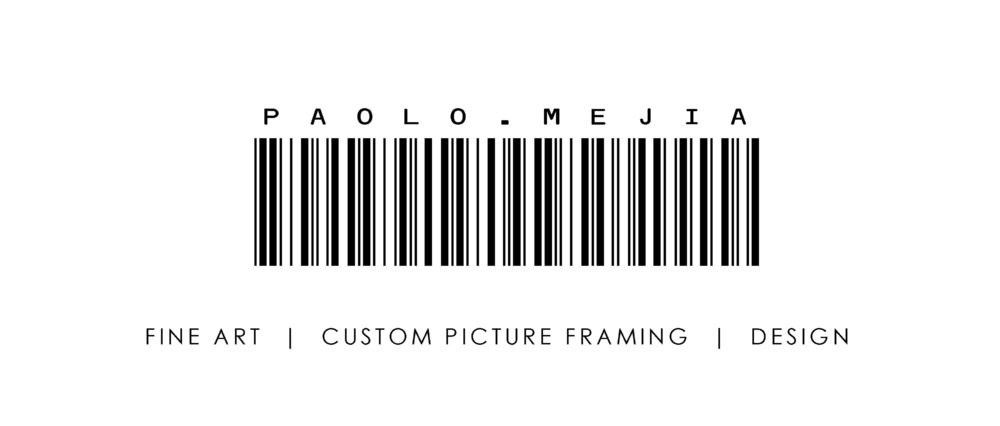Chris Kanyusik‘s current work explores three fundamental components of sculpture. The first is an investigation of various media and how they react to and record his actions. Pouring, pooling, bending, folding, wrinkling, rolling, hanging, slumping, sagging, dripping, draping and melting all have a unique impact when applied to metal, wood, plaster, plastic, resin, rubber, clay or wax. Chris Kanyusik’s studio practice is driven by a curiosity about what the results of those processes will be on different materials.
Secondly, he is interested in emphasizing his sculptures’ intentionality through replication. In repeating an action, such as successively folding three 4×8 foot steel sheets into one-foot squares, the recurring forms become something more deliberate than a record of a single process. Similarly, by duplicating a phenomenon, such as casting and reproducing a plaster drip, the work suggests a purposefulness greater than merely being an artifact of a unique event.
The third element that informs his work is the traditional architecture of displaying sculpture. Means of presentation such as pedestals, pegs, hooks and rope are integral components in Chris’s sculptures’ design. Exhibition furniture doubles as a work surface to be poured on, draped around or hung from, and the evidence of its presence in the creation of each work remains an important part of the completed sculpture’s appearance.
His use of a material’s unique characteristics in relation to an action, replicating the resulting forms and incorporating sculptural display elements are the means through which he suggests artistic intent without relaying a specific narrative or meaning. These primary concerns provide him an avenue to investigate the properties and potentials of sculptural art and the interaction between himself, a medium and the viewer.
